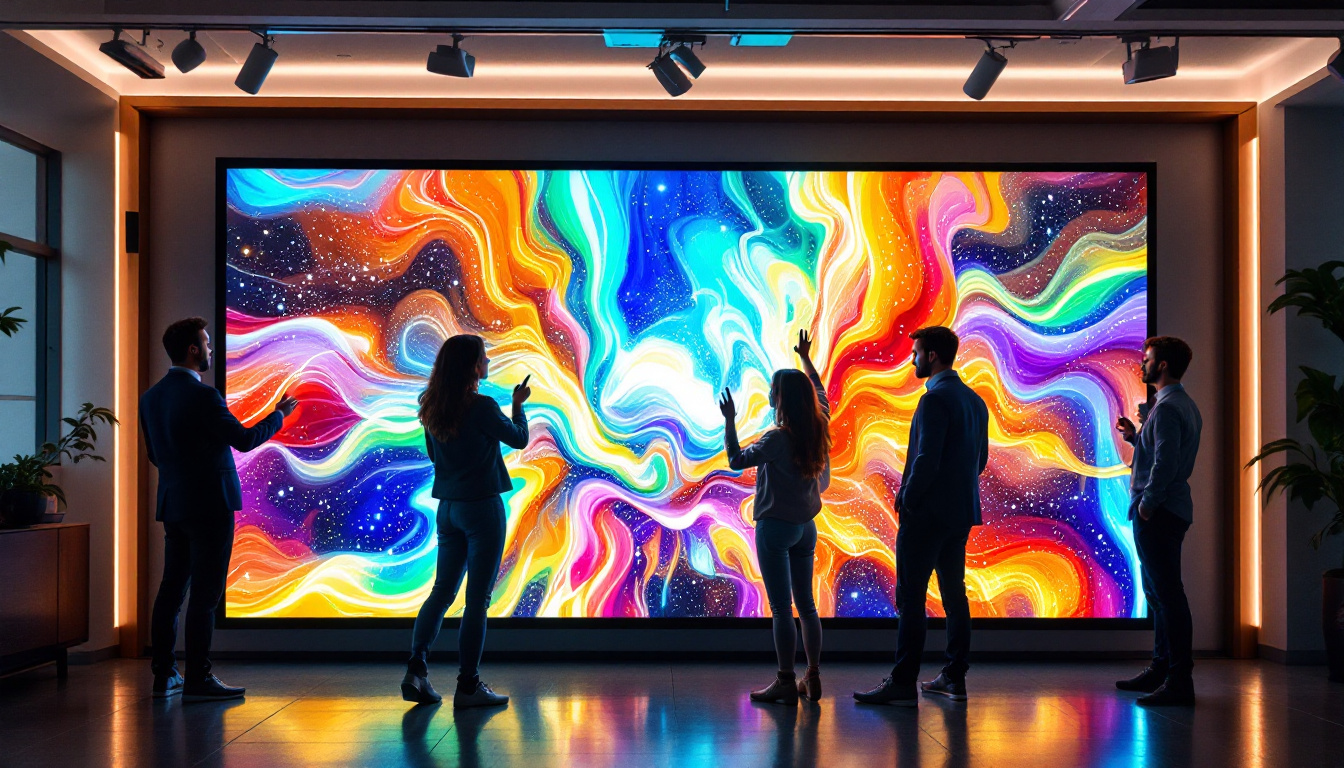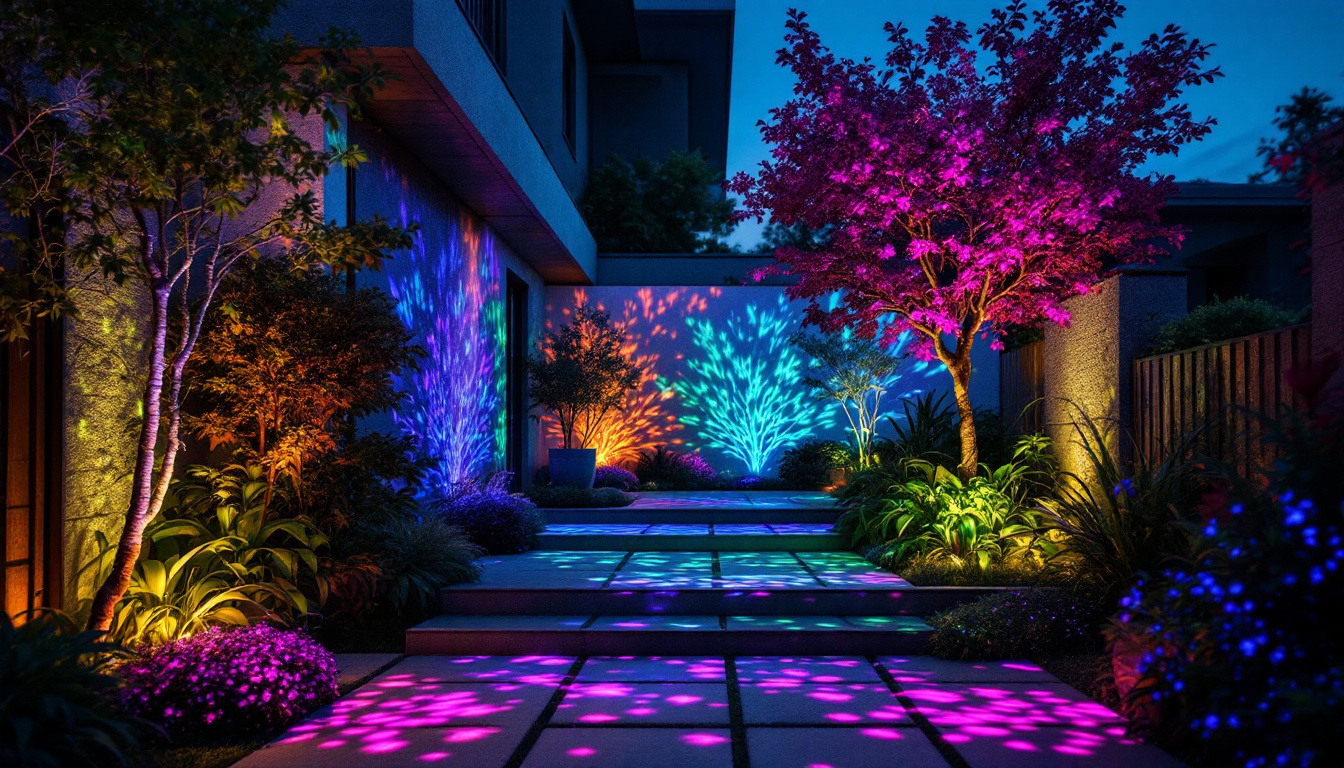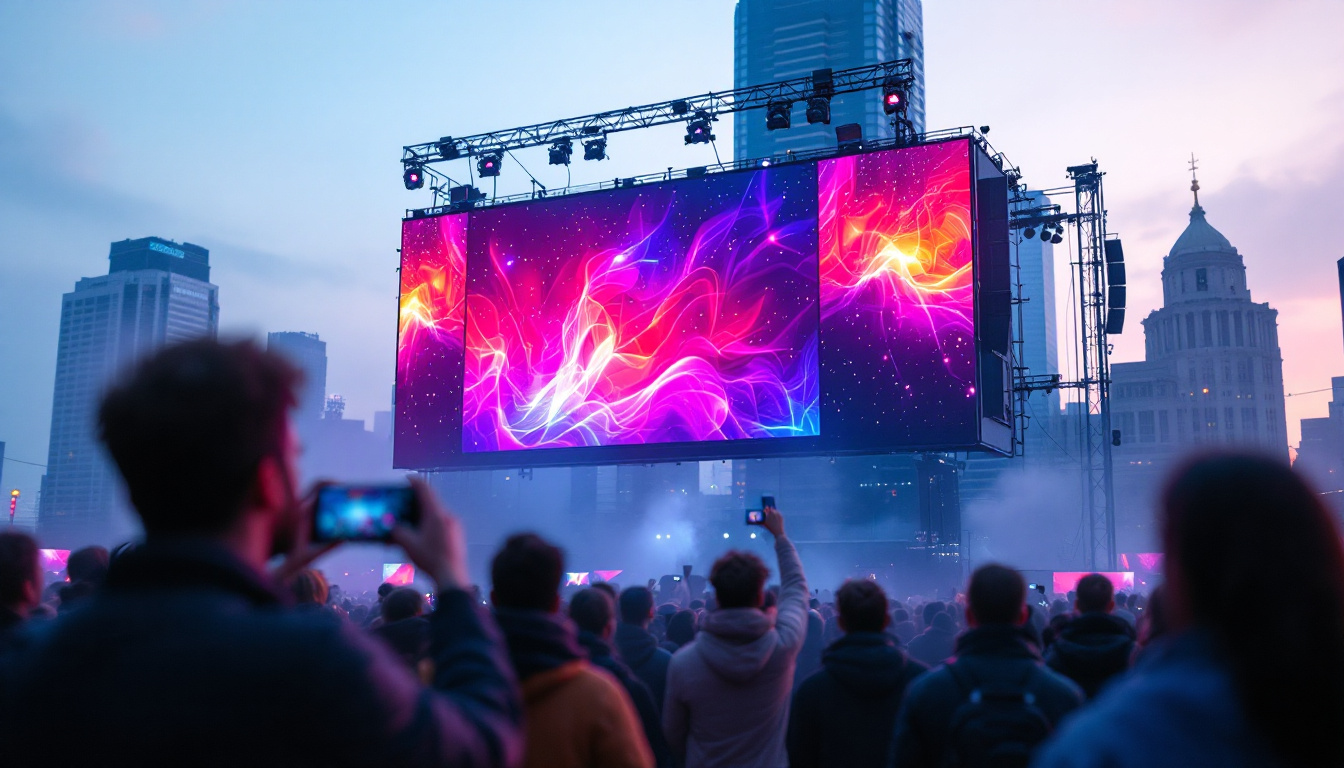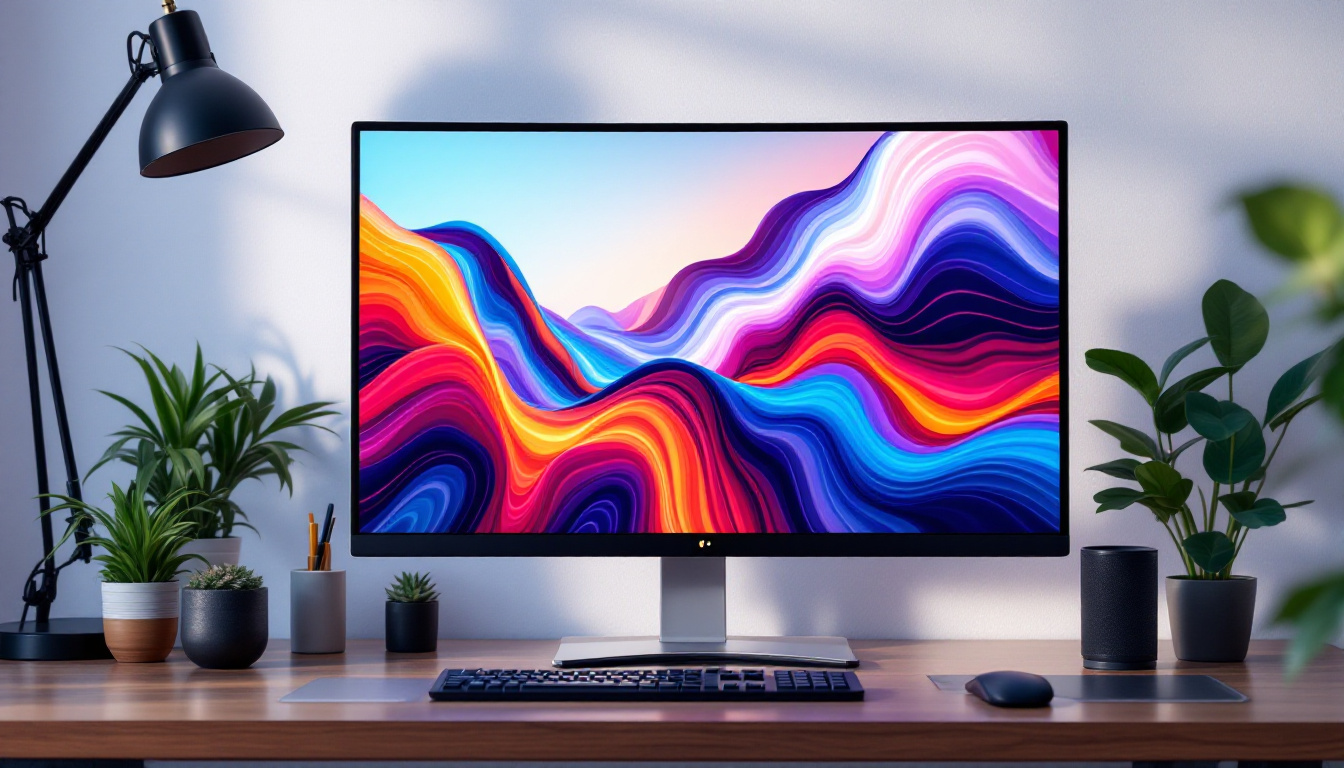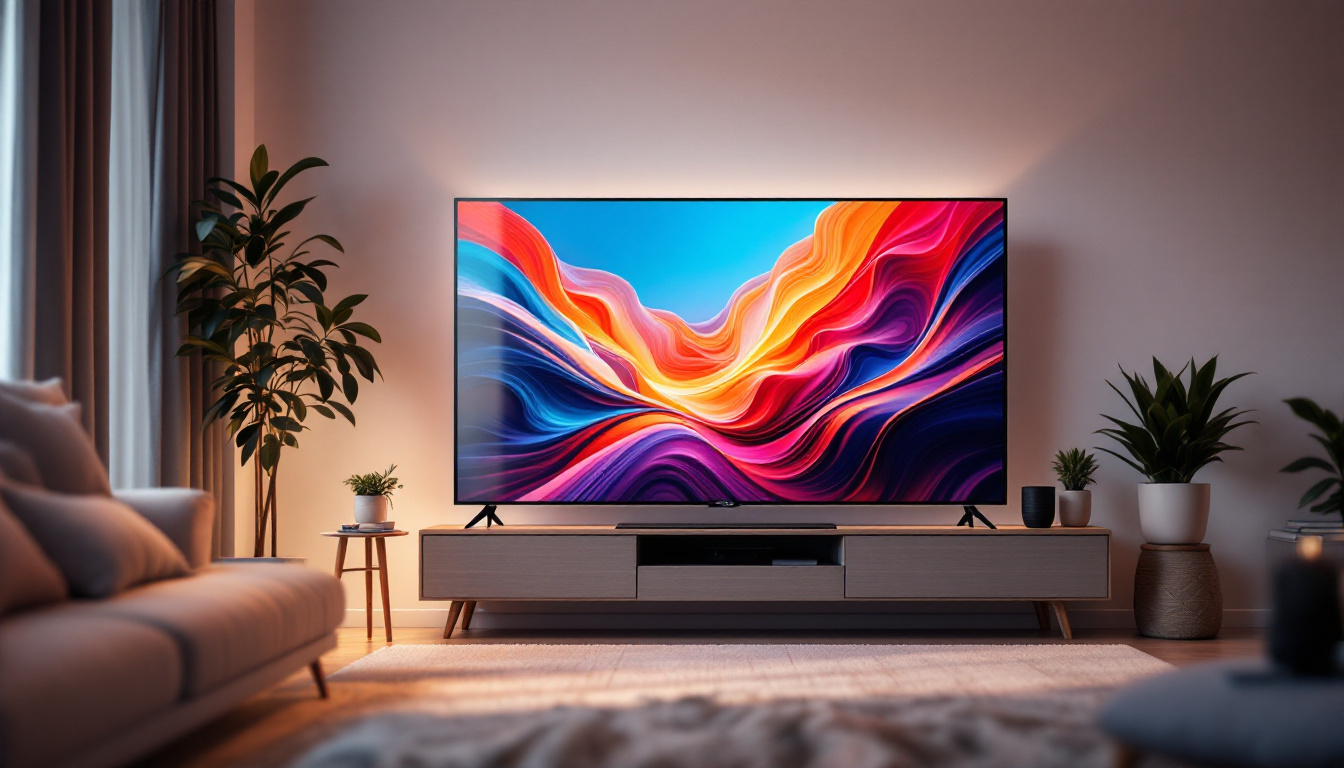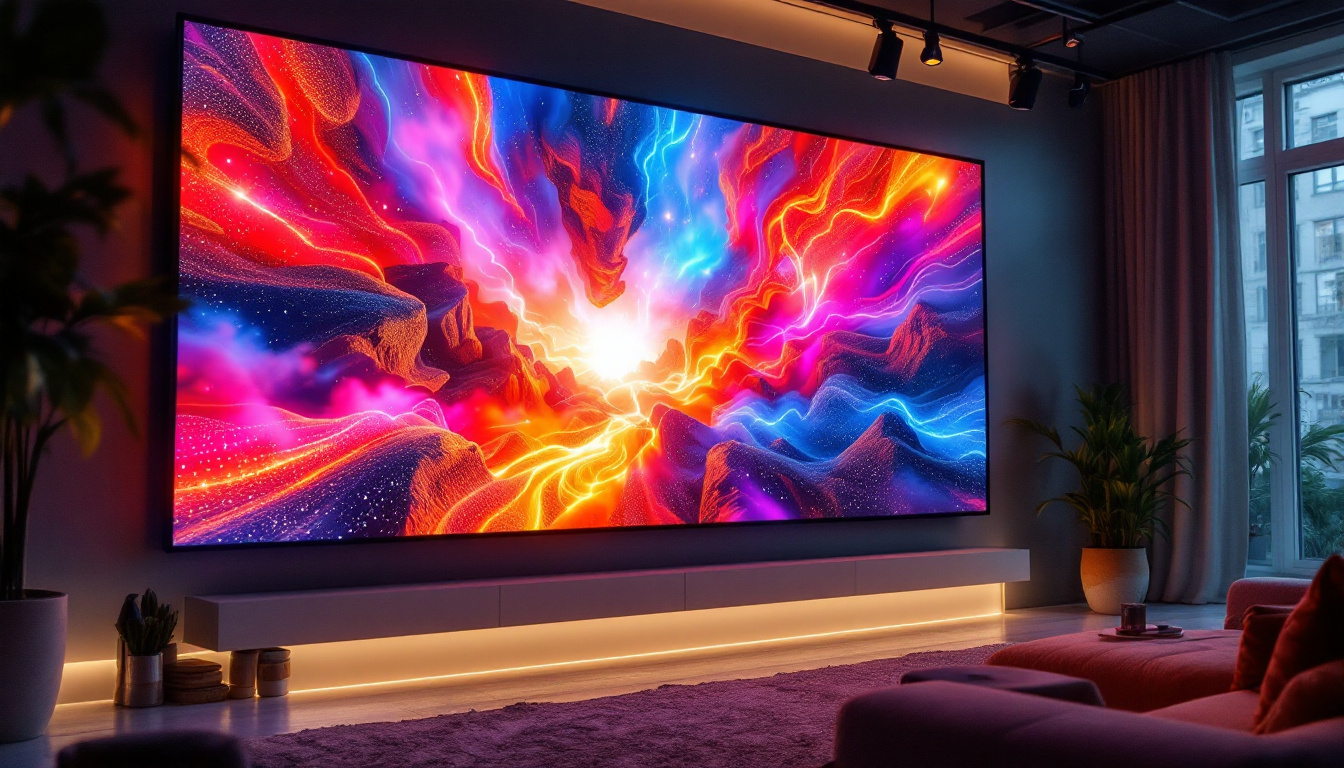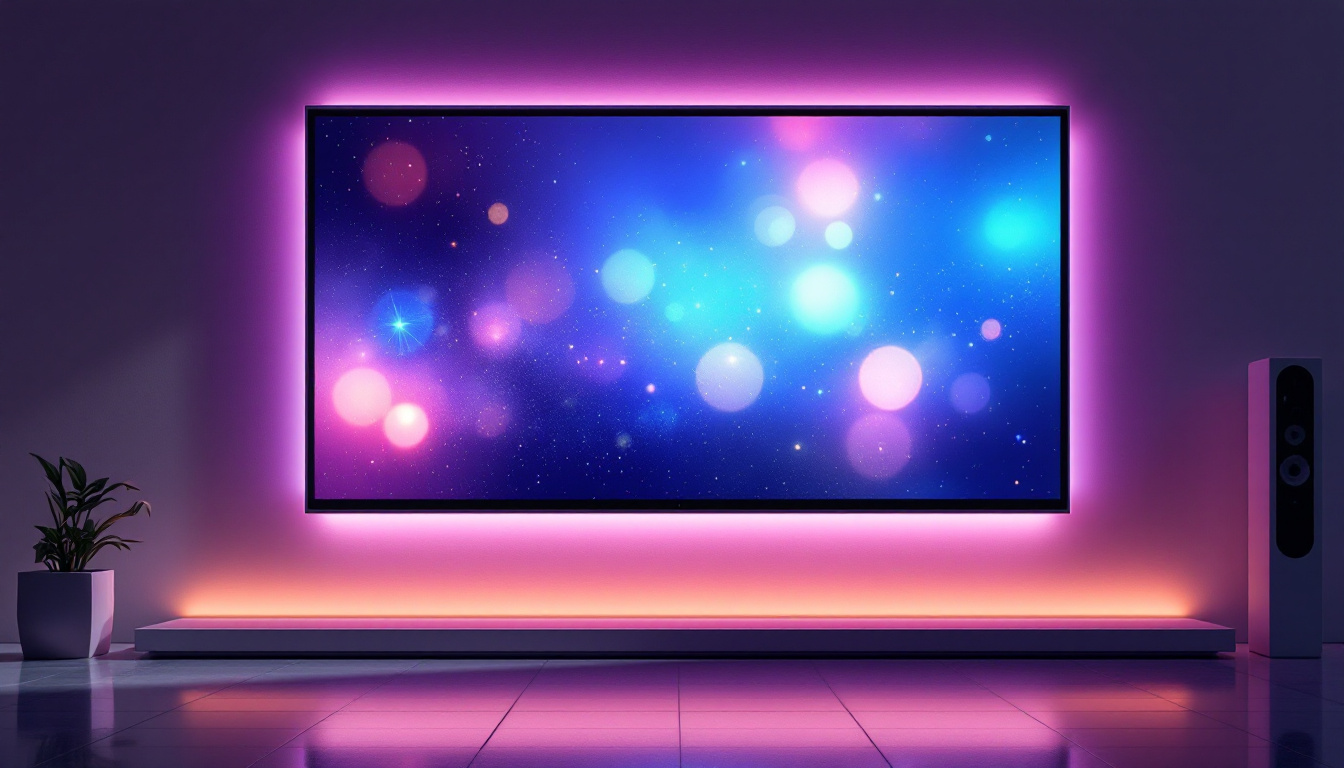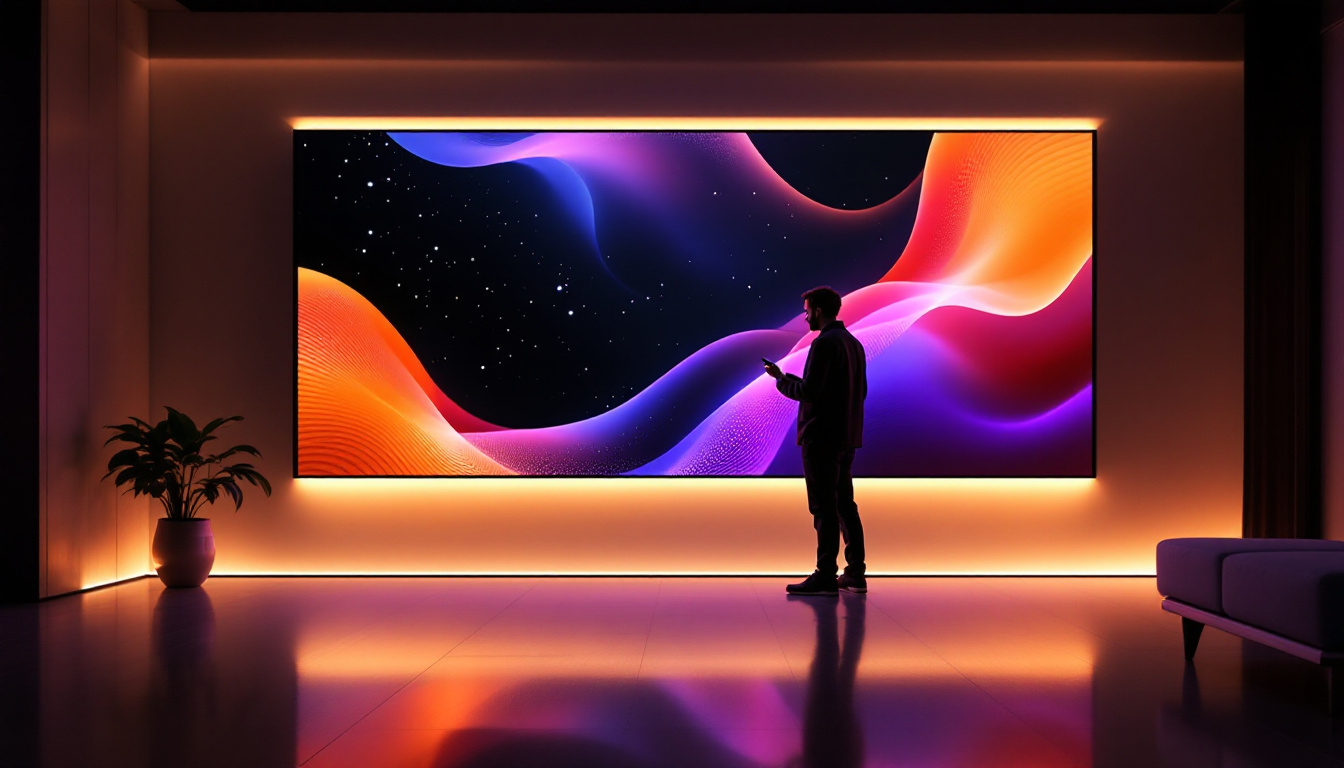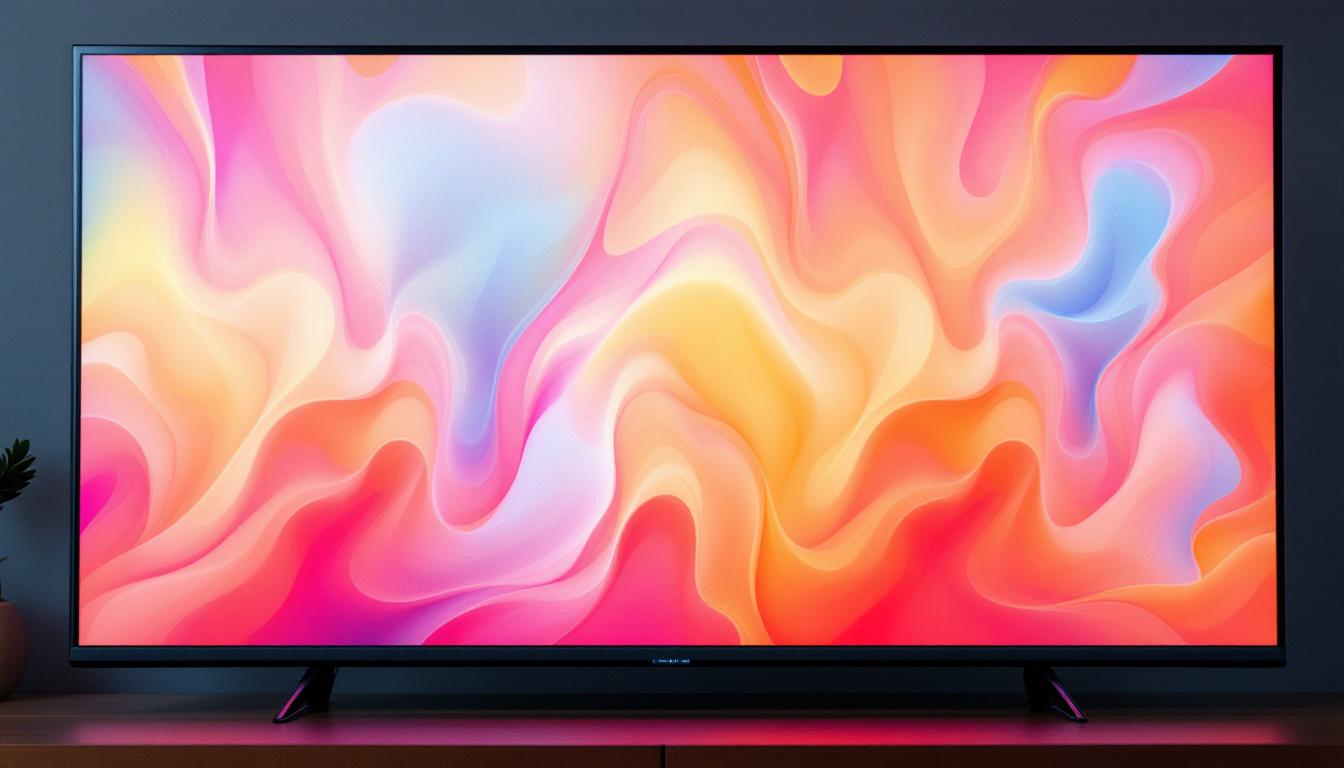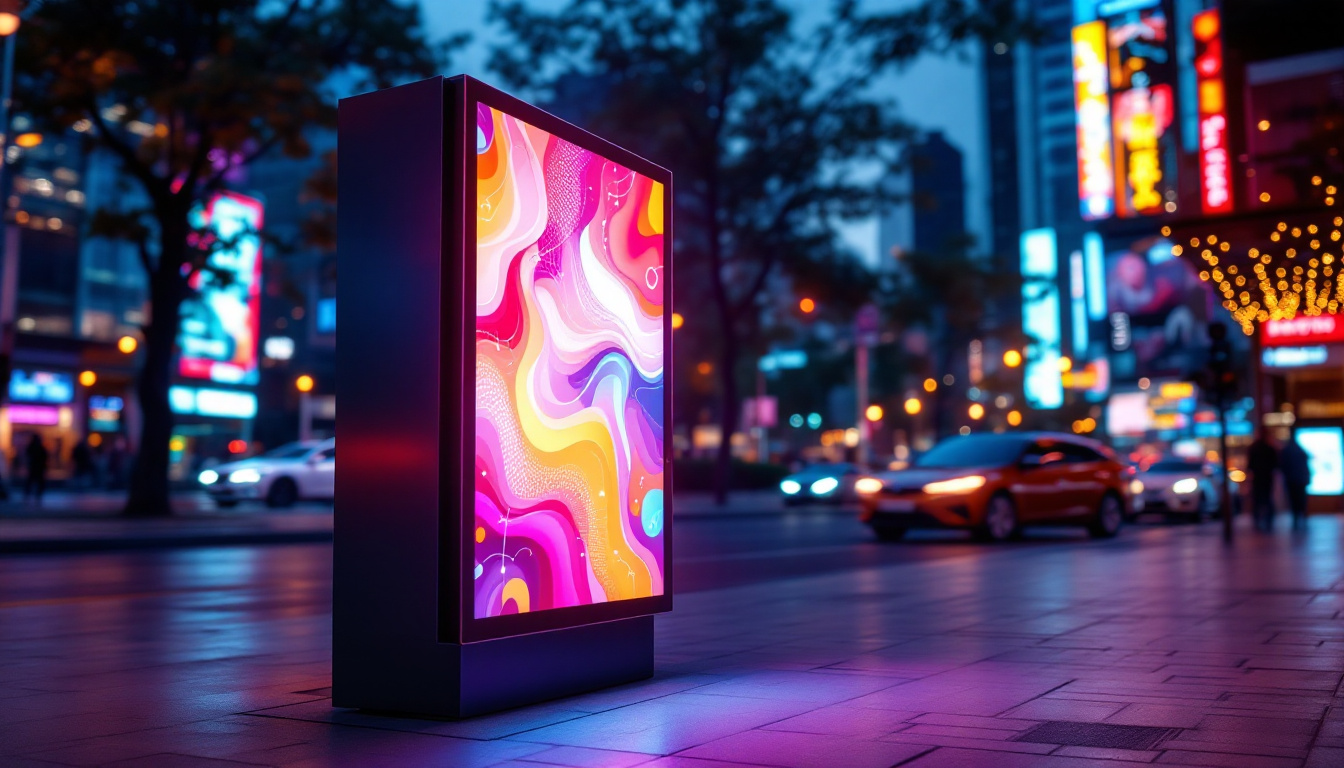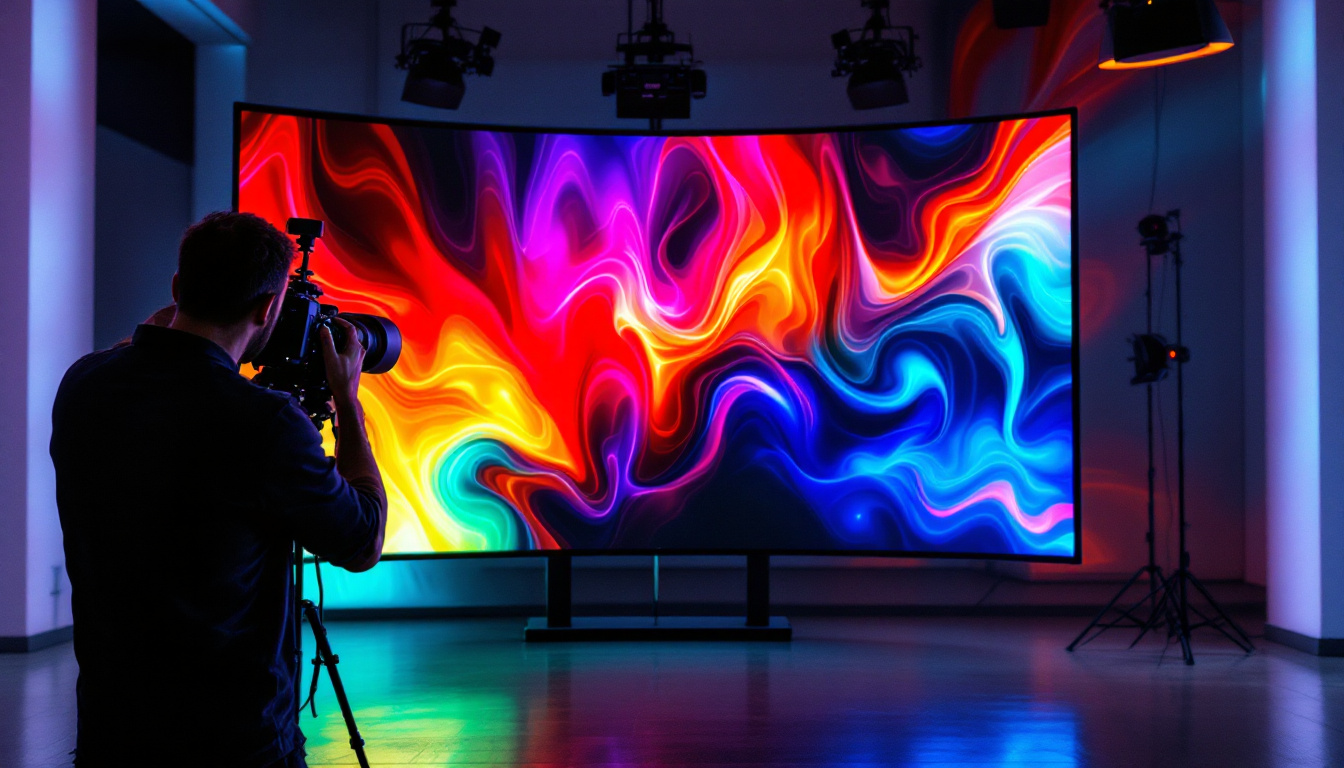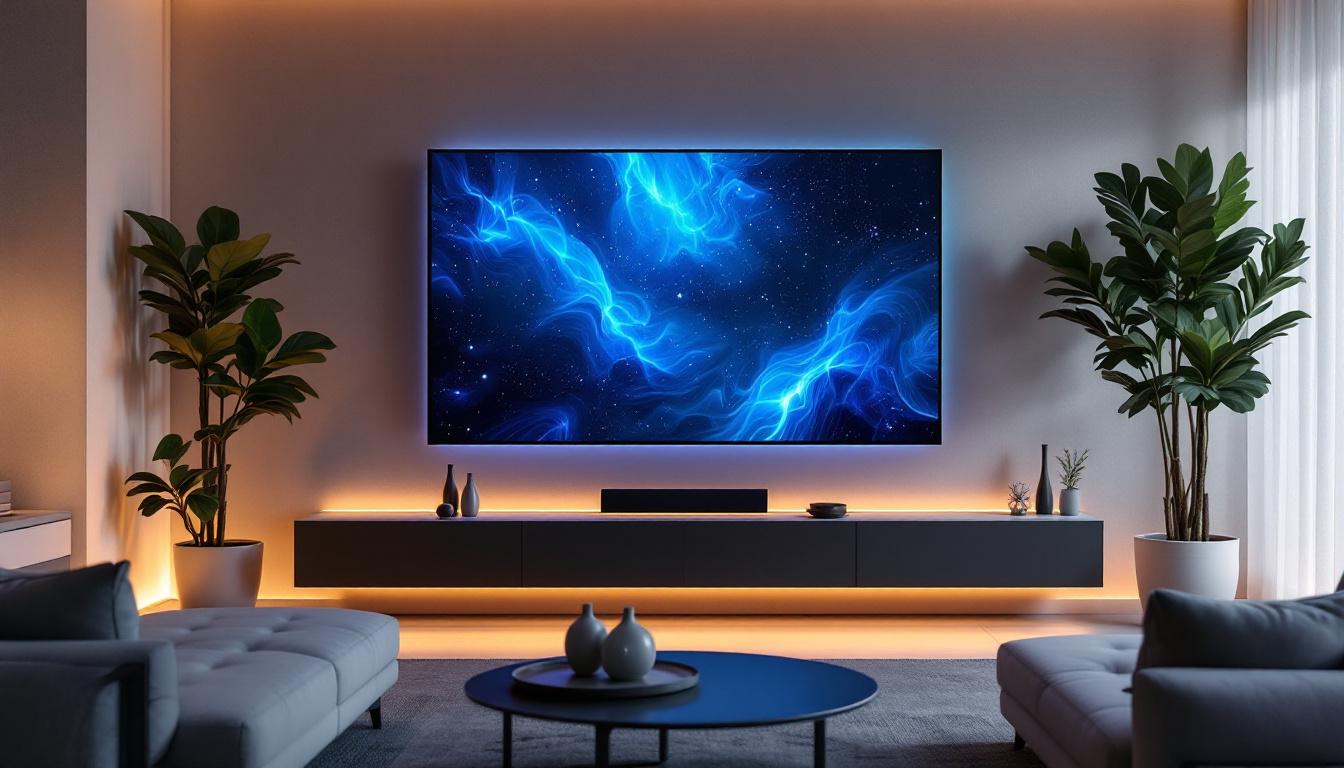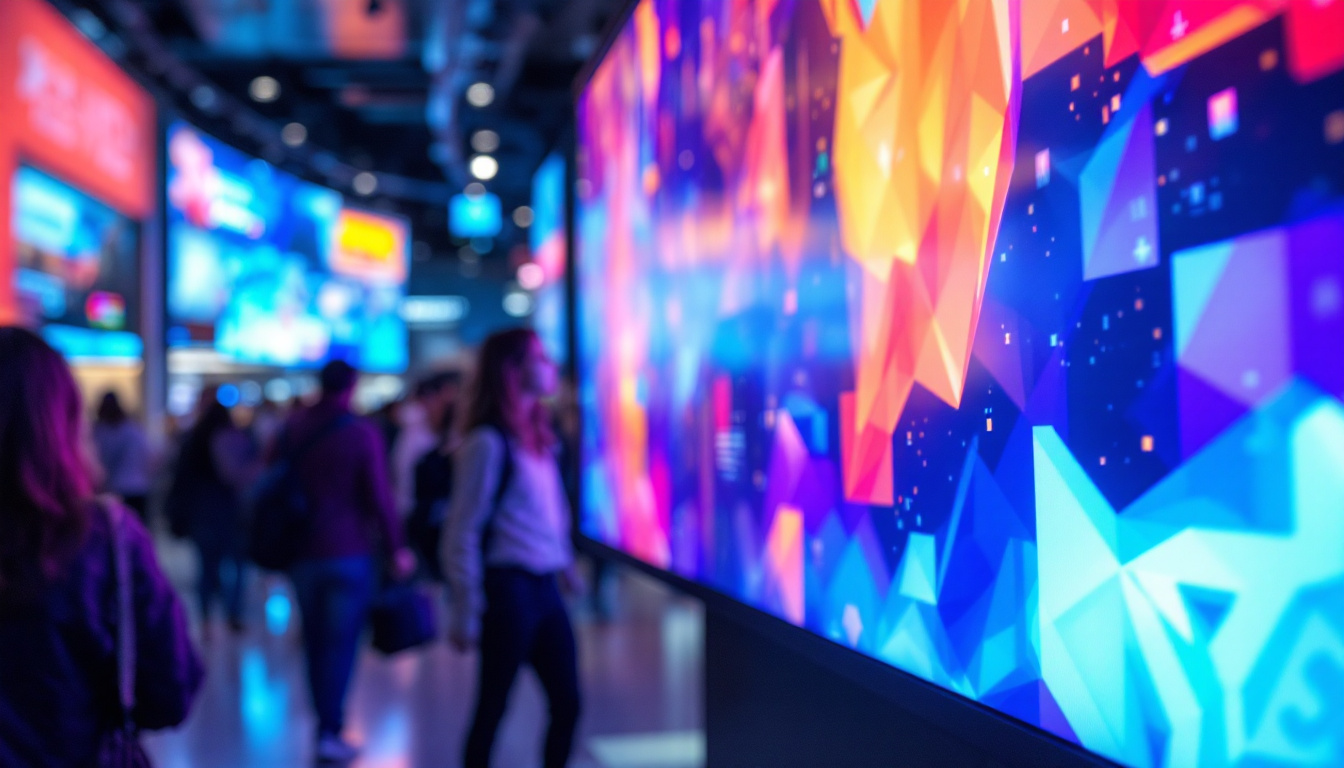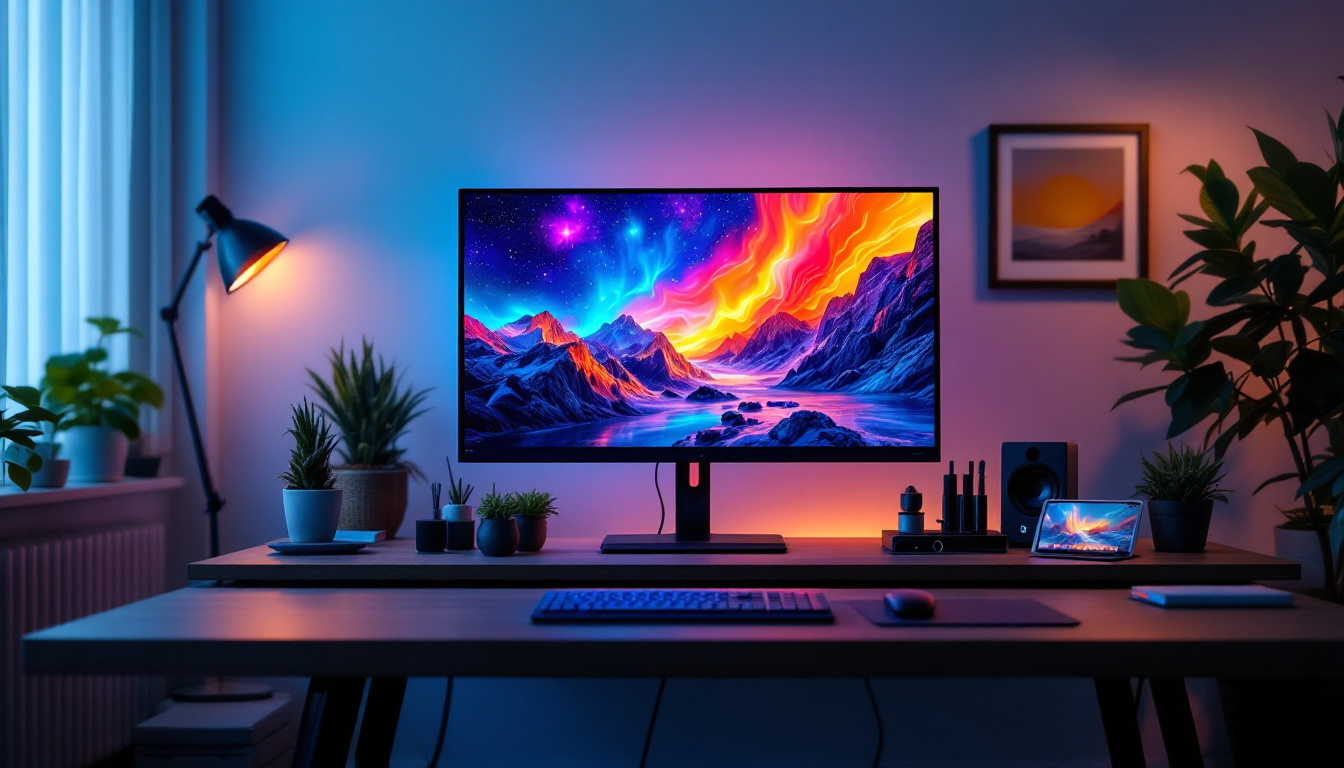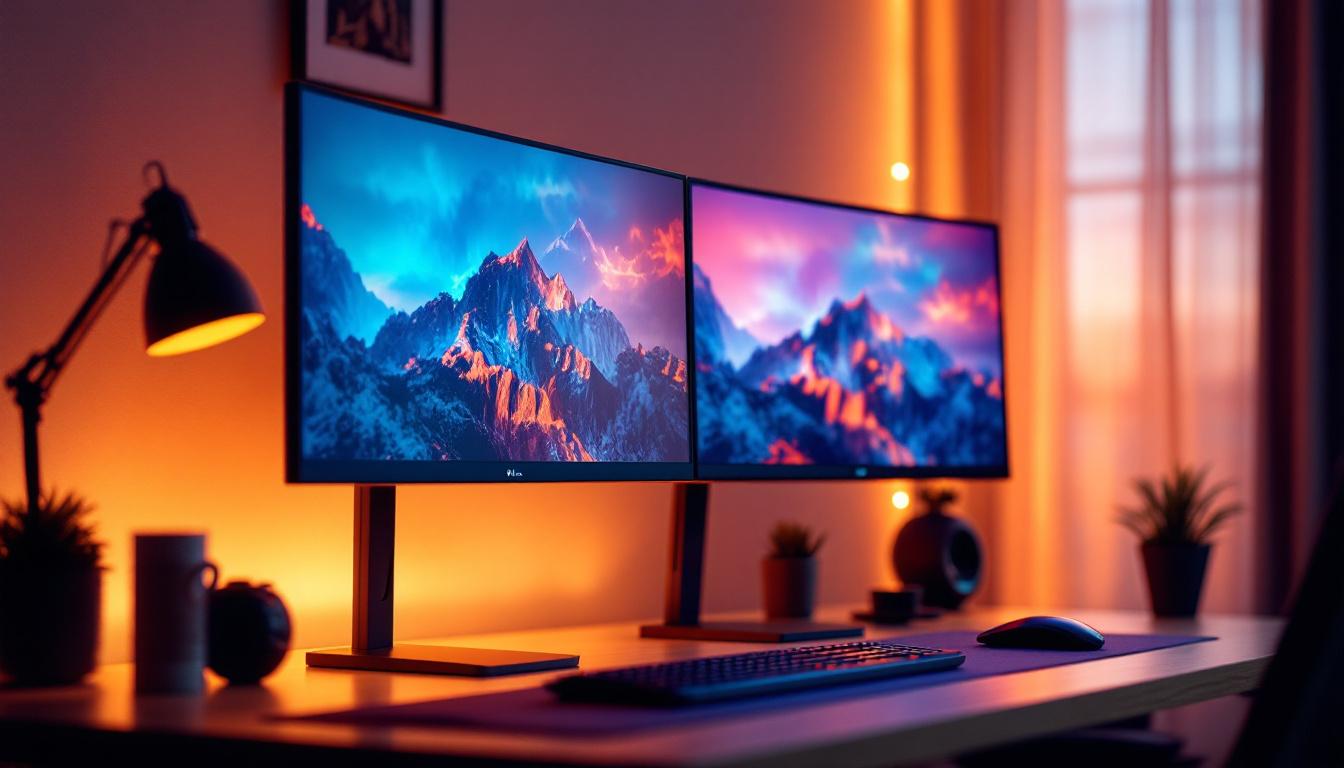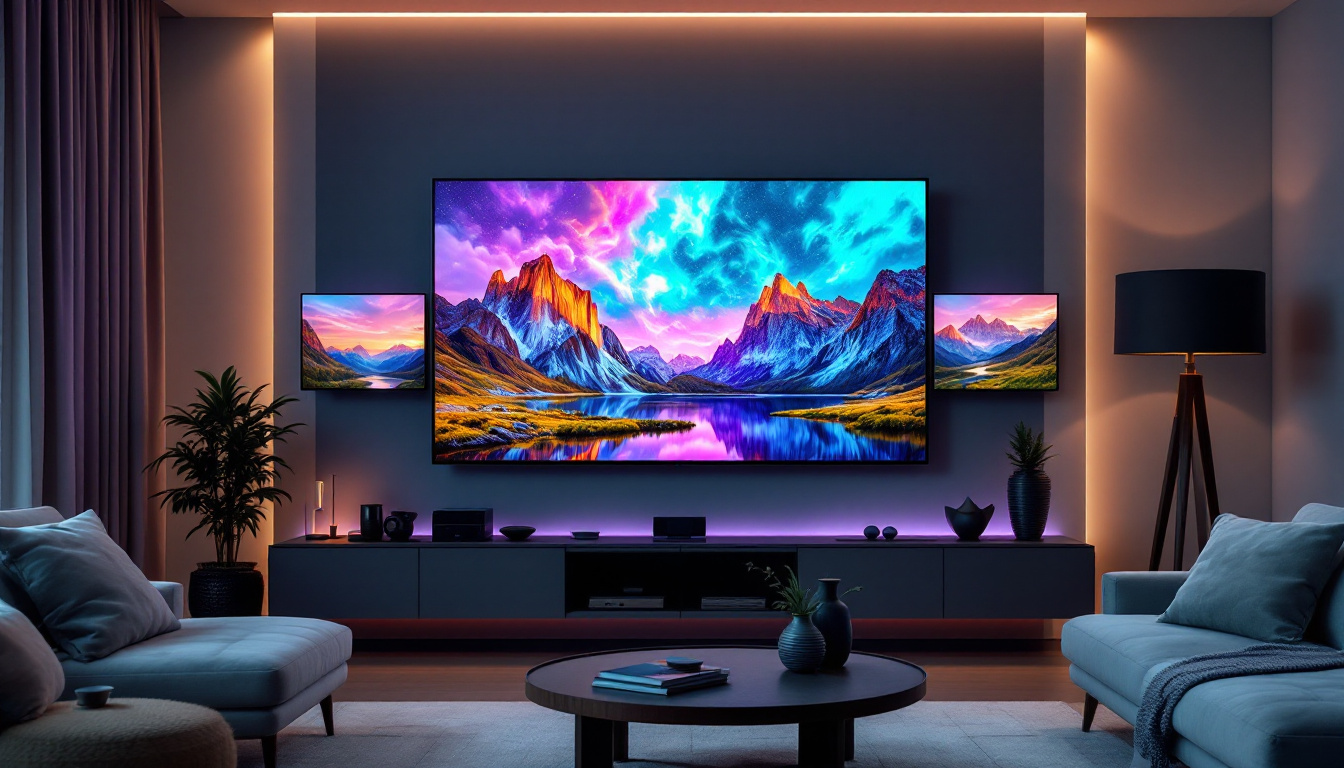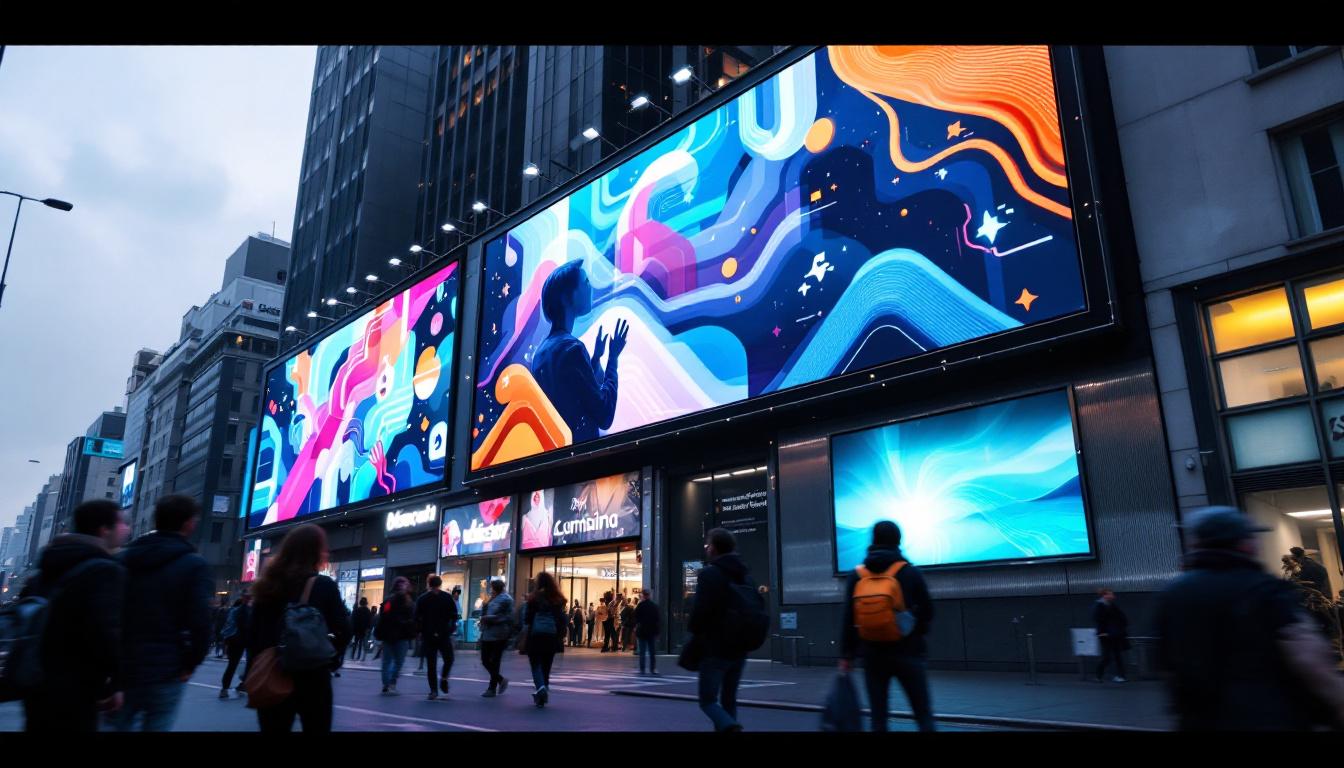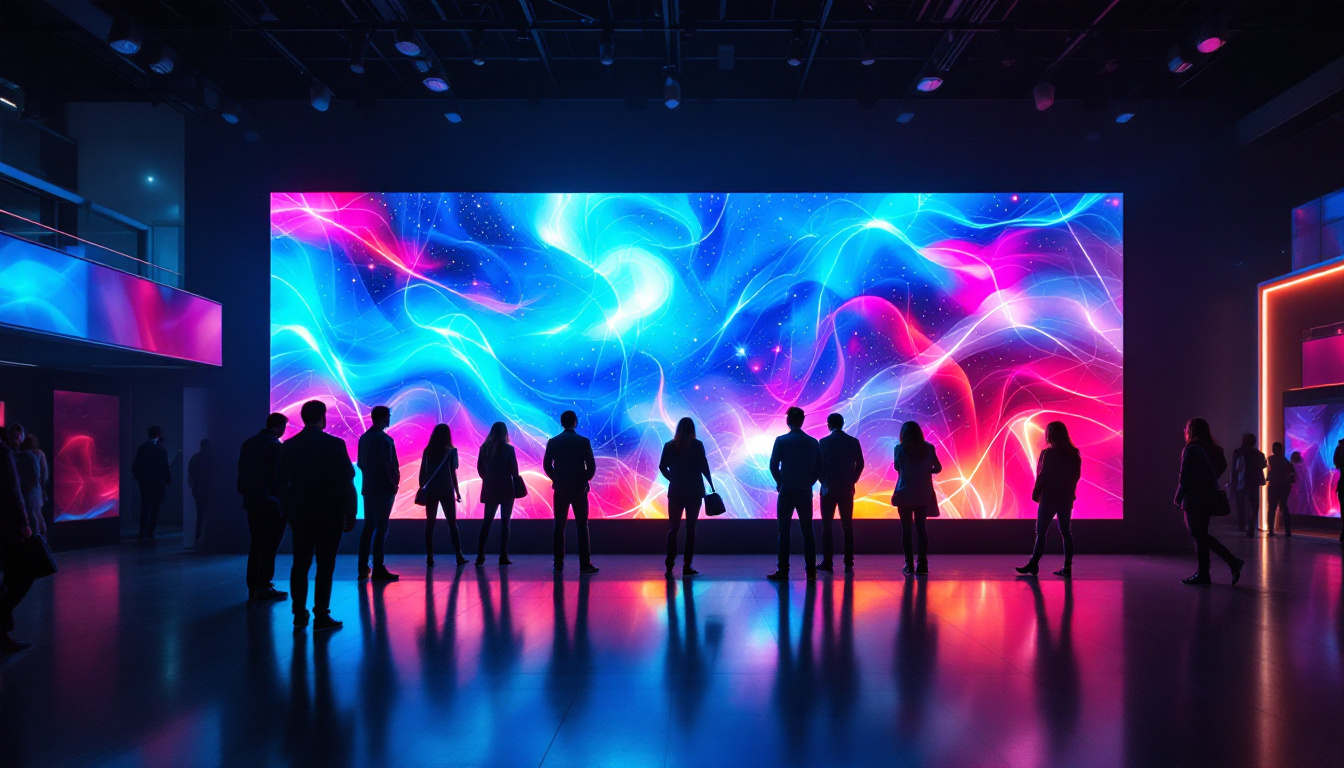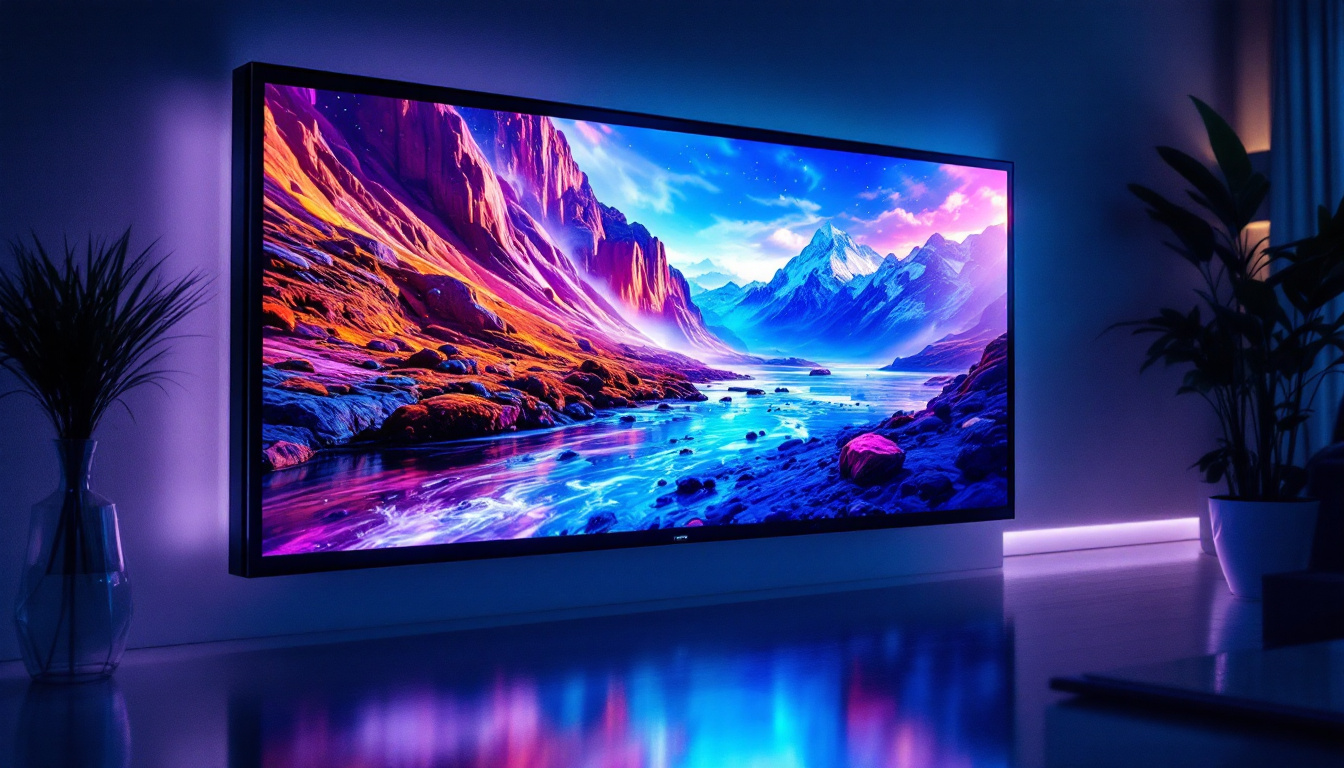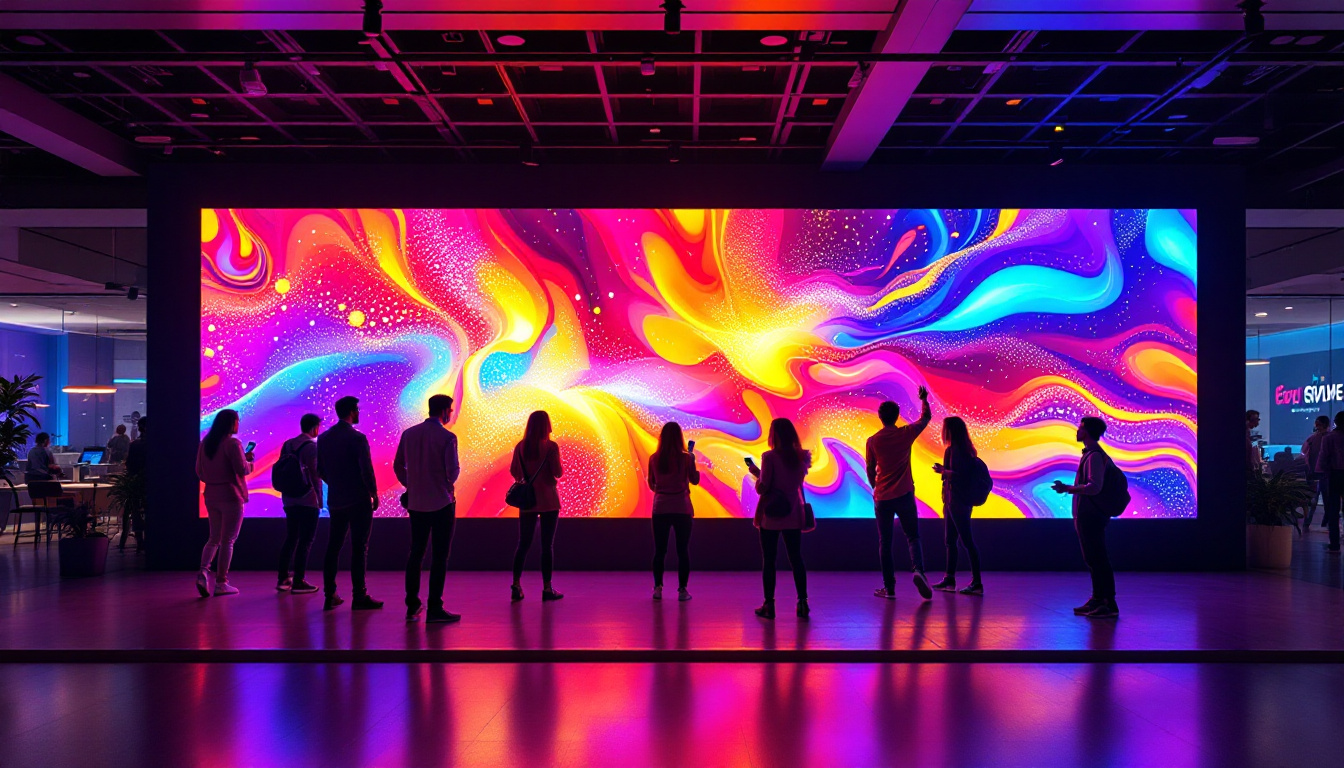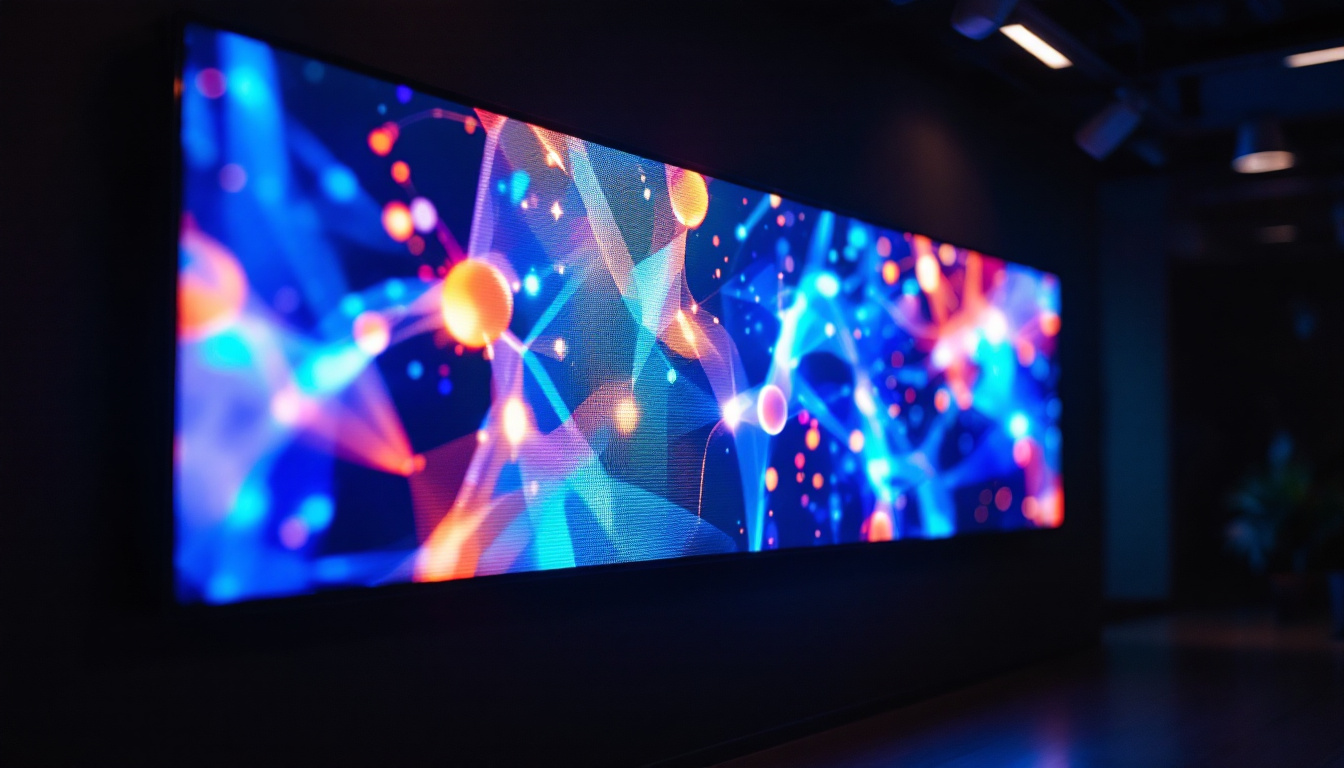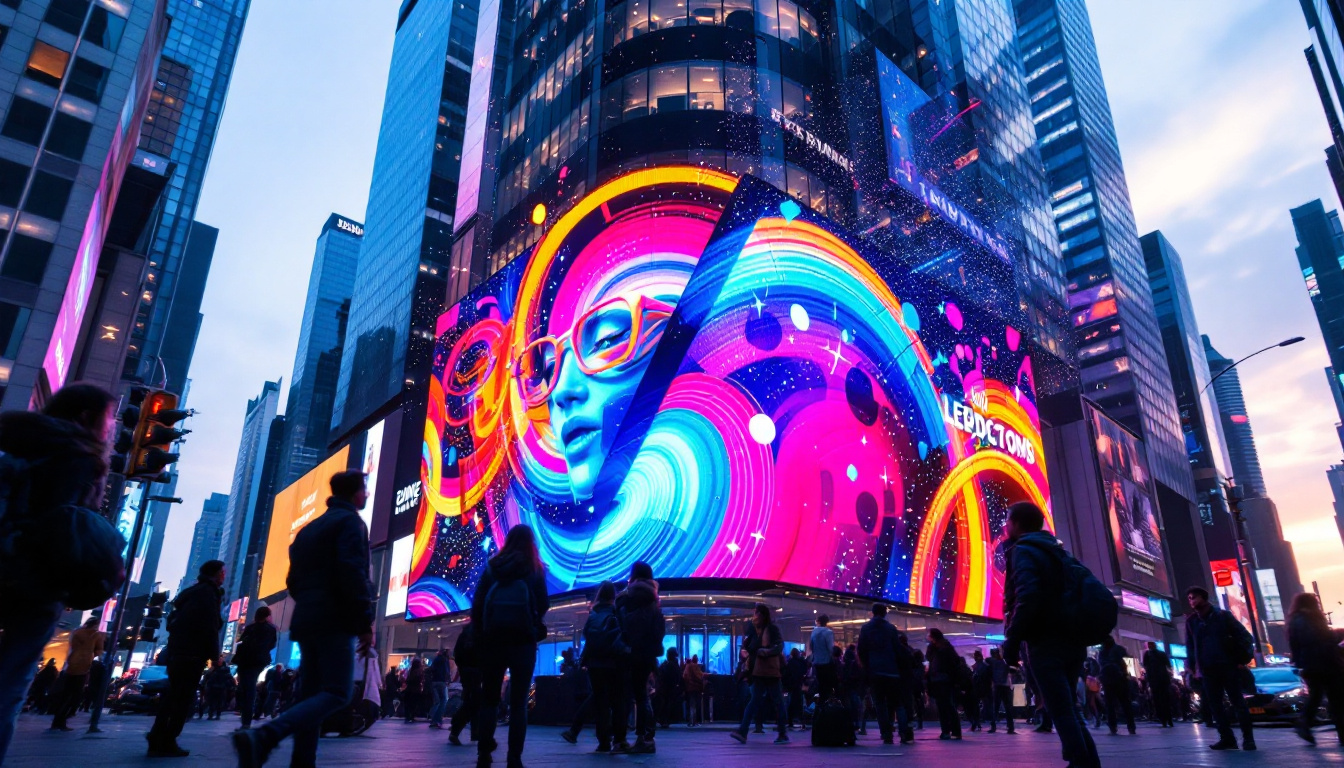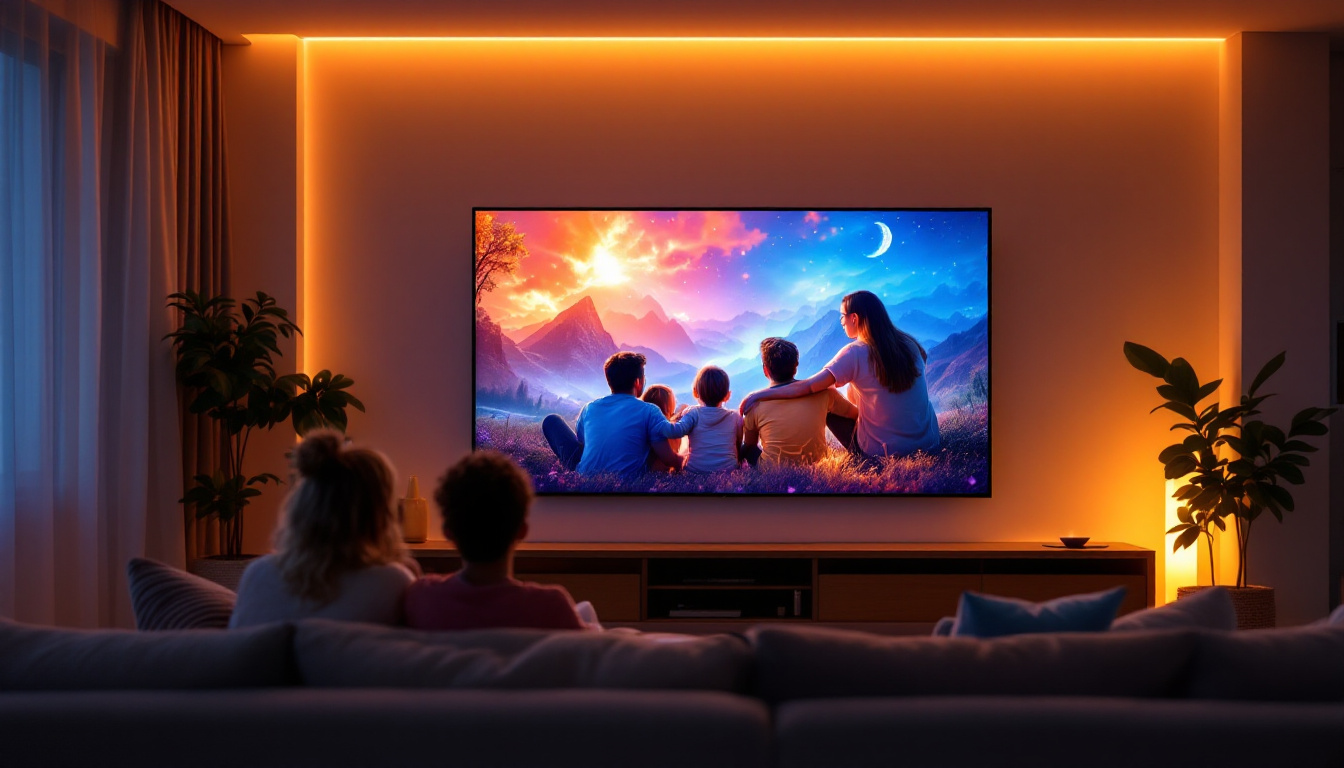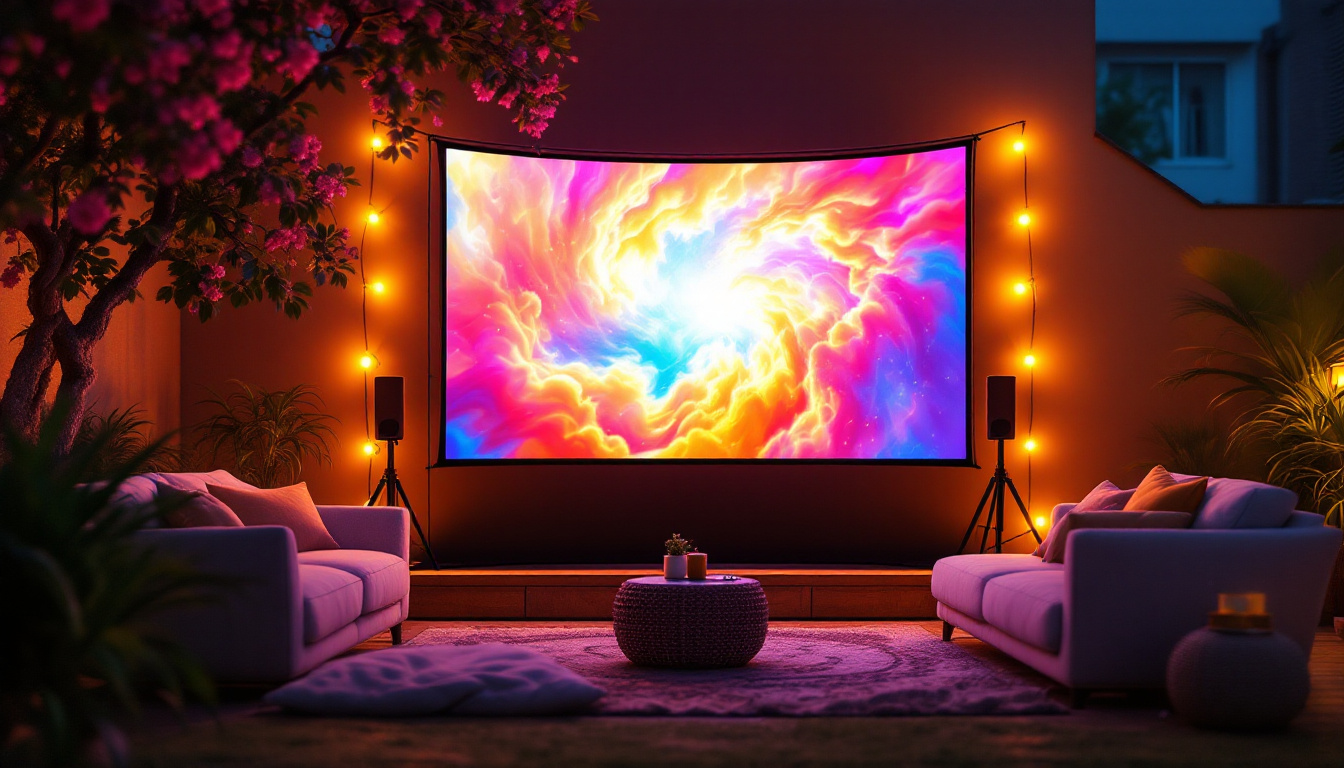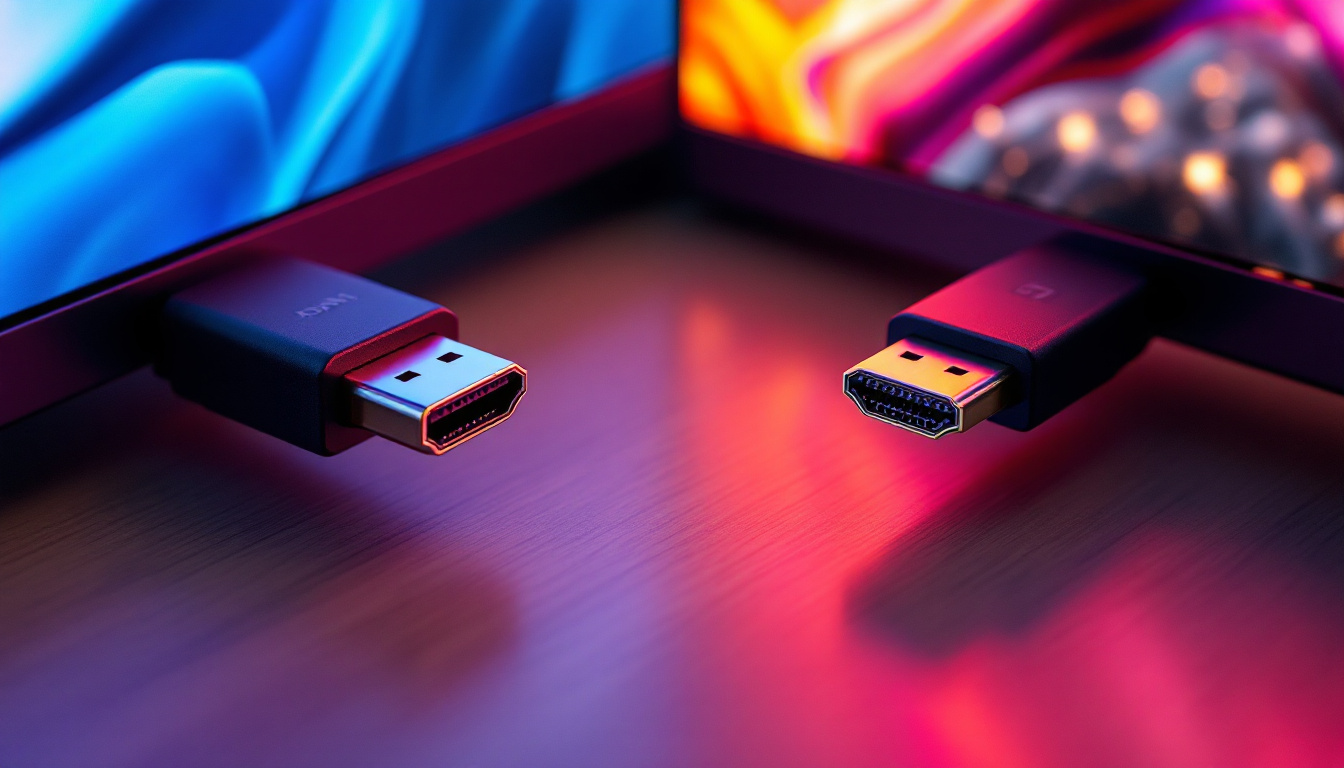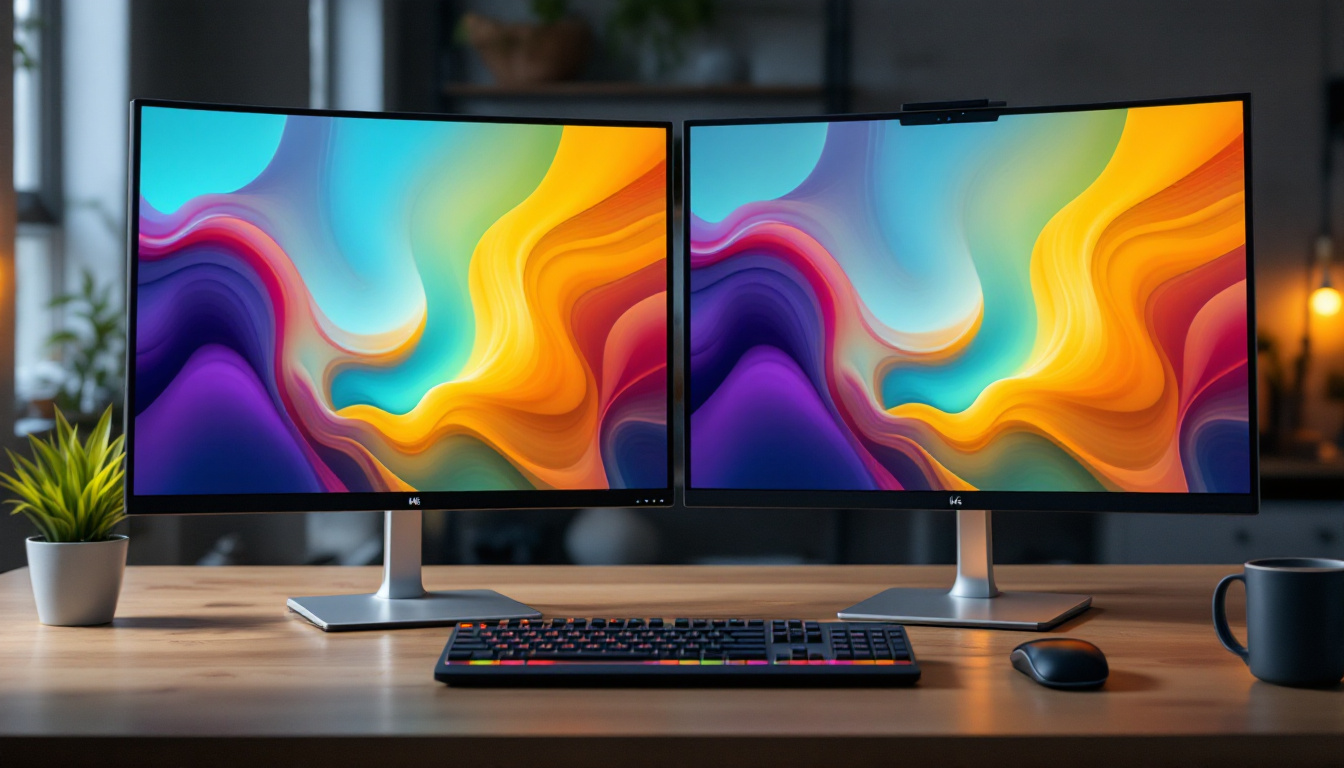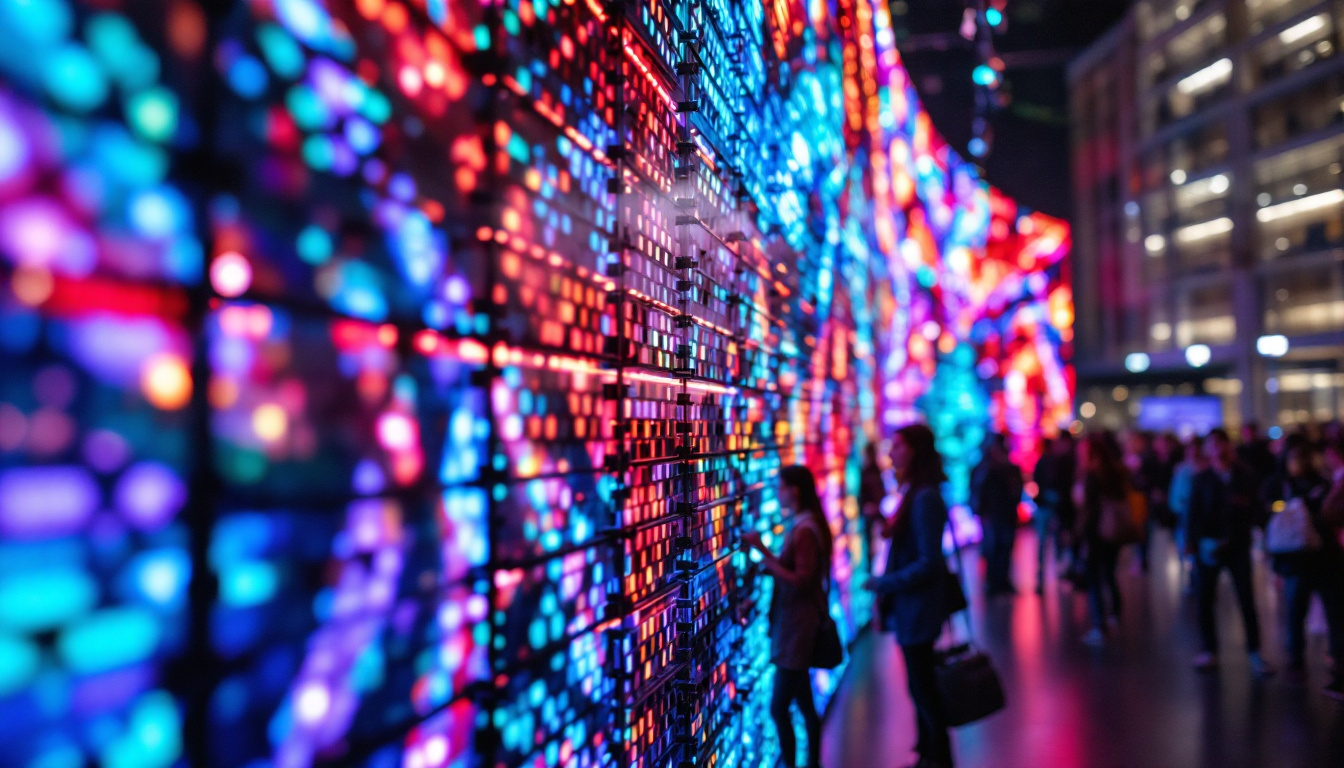In the modern world, technology continues to evolve at an astonishing pace, and one of the most significant advancements has been in display technologies. Among these, massive touch screens with LED displays have emerged as a game-changer in various sectors, from education to entertainment, retail to corporate environments. This article delves into the intricacies of massive touch screens and LED displays, exploring their functionality, applications, and the technology that drives them.
Understanding LED Display Technology
LED, or Light Emitting Diode, technology has revolutionized the way visual content is displayed. Unlike traditional LCD screens, which rely on backlighting, LED displays utilize individual diodes to produce light, resulting in brighter and more vibrant images.
How LED Displays Work
At the core of LED display technology is the arrangement of tiny diodes that emit light when an electric current passes through them. These diodes can be grouped into pixels, with each pixel consisting of red, green, and blue diodes. By varying the intensity of each color, a wide spectrum of colors can be produced, allowing for stunning visuals. This pixel-based approach not only enhances the brightness but also improves the contrast ratio, making images appear sharper and more dynamic.
Moreover, LED displays can be categorized into two main types: direct view and backlit. Direct view LED displays use the diodes to create images directly, while backlit LED displays use diodes to illuminate an LCD panel. Both types offer unique advantages, but direct view displays are particularly favored for massive touch screens due to their ability to create seamless, large-scale visuals. The technology behind these displays has also advanced significantly, with innovations such as microLED and miniLED, which promise even finer pixel densities and improved color accuracy, pushing the boundaries of what is visually possible.
Advantages of LED Displays
The advantages of LED displays are numerous, making them a preferred choice for massive touch screens. One of the most significant benefits is their energy efficiency. LED technology consumes less power compared to traditional display technologies, which translates to lower operational costs and a reduced environmental footprint.
Additionally, LED displays are known for their durability and longevity. They can withstand harsh conditions and are less prone to damage, making them ideal for high-traffic areas. Their ability to maintain performance over time also means that they require less frequent replacements, further enhancing their cost-effectiveness. Beyond these practical benefits, LED displays also offer superior viewing angles, ensuring that content remains clear and vibrant from various perspectives. This characteristic is particularly advantageous in public spaces, where audiences may be viewing the display from different angles and distances, further enhancing the overall viewer experience.
Furthermore, the versatility of LED technology allows for a wide range of applications, from large outdoor billboards to intricate indoor displays. This adaptability means that businesses can tailor their visual communication strategies to suit specific environments and audiences. For instance, in retail settings, LED displays can be used to create dynamic advertisements that change in real-time, capturing the attention of potential customers and driving engagement. The integration of smart technology with LED displays also opens up exciting possibilities, such as interactive touch features and real-time data visualization, which can transform how information is presented and consumed.
Massive Touch Screens: Features and Functionality
Massive touch screens have become increasingly popular in various applications, thanks to their interactive capabilities and large display area. These screens are not just about size; they incorporate advanced technology that enhances user experience and engagement. From educational institutions to corporate environments, the versatility of massive touch screens allows them to serve multiple purposes, making them an essential tool in modern technology.
Touch Technology
Touch screens utilize different technologies to detect user input, with the most common being capacitive and resistive touch. Capacitive touch screens respond to the electrical properties of the human body, allowing for multi-touch capabilities, which enable users to interact with the screen using multiple fingers simultaneously. This feature is particularly beneficial for collaborative environments, where multiple users can engage with the content at once. In settings like classrooms or brainstorming sessions, the ability to manipulate images, graphs, or presentations collectively fosters a more dynamic and inclusive atmosphere.
On the other hand, resistive touch screens rely on pressure applied to the screen. While they are generally less responsive than capacitive screens, they can be used with a stylus or gloved hands, making them suitable for specific industrial applications. This adaptability is crucial in environments such as factories or laboratories, where users may need to interact with the screen while wearing protective gear. Additionally, resistive screens often come at a lower cost, making them a viable option for budget-conscious projects without sacrificing functionality.
Resolution and Display Quality
When it comes to massive touch screens, resolution plays a crucial role in determining display quality. Higher resolutions, such as 4K and even 8K, provide sharper images and finer details, making them ideal for presentations, video displays, and interactive applications. The clarity of the display can significantly affect user engagement, as content that is visually appealing is more likely to capture attention. In retail environments, for instance, high-resolution displays can showcase products in stunning detail, enticing customers and enhancing the shopping experience.
Furthermore, advancements in LED technology have led to the development of HDR (High Dynamic Range) displays, which offer improved contrast and color accuracy. This technology enhances the viewing experience, making it more immersive and engaging. The combination of vibrant colors and deep blacks allows for a more lifelike representation of images and videos, which is particularly advantageous in creative industries such as graphic design and video production. As these screens become more prevalent, they are also being integrated with augmented reality (AR) applications, further blurring the lines between digital content and the physical world, and opening up new possibilities for interactive storytelling and user engagement.
Applications of Massive Touch Screens
The versatility of massive touch screens has led to their adoption across various industries. Their ability to facilitate interaction and collaboration makes them valuable tools in numerous settings.
Education
In educational environments, massive touch screens have transformed traditional teaching methods. They serve as interactive whiteboards, allowing teachers to present lessons dynamically. Students can engage with the material in real-time, fostering collaboration and enhancing learning outcomes.
Additionally, these screens can be used for distance learning, enabling remote students to participate actively in classes. The ability to share multimedia content and interactive applications enriches the educational experience, making learning more engaging and effective.
Corporate Environments
In corporate settings, massive touch screens are increasingly used for presentations, meetings, and collaborative work. They provide a platform for teams to brainstorm ideas, visualize data, and create interactive presentations. The ability to annotate and manipulate content on the screen enhances communication and collaboration among team members.
Moreover, these screens can serve as information kiosks in lobbies or reception areas, providing visitors with essential information about the company, services, or events. The interactive nature of these displays ensures that information is easily accessible and engaging.
Retail and Advertising
In the retail sector, massive touch screens have become powerful marketing tools. Retailers use them to create immersive shopping experiences, allowing customers to browse products, access information, and even make purchases directly from the screen. This interactive approach not only enhances customer engagement but also drives sales and improves customer satisfaction.
Furthermore, massive touch screens can display dynamic advertisements, promotions, and interactive content, making them effective for capturing consumer attention in busy retail environments. The ability to update content in real-time ensures that marketing efforts remain relevant and impactful.
Challenges and Considerations
While massive touch screens offer numerous advantages, there are challenges and considerations that users must keep in mind. Understanding these factors can help organizations make informed decisions when implementing this technology.
Cost and Investment
The initial investment for massive touch screens can be significant, especially for high-quality LED displays. Organizations must weigh the benefits against the costs to determine if the investment aligns with their goals and budget. However, it is essential to consider the long-term savings associated with energy efficiency and reduced maintenance costs.
Additionally, organizations should evaluate the total cost of ownership, which includes installation, software integration, and ongoing support. A comprehensive analysis can help in making a sound financial decision.
Maintenance and Support
Massive touch screens require regular maintenance to ensure optimal performance. This includes cleaning the screens, software updates, and troubleshooting any technical issues that may arise. Organizations should have a plan in place for ongoing support to minimize downtime and ensure a smooth user experience.
Moreover, training staff on how to use and maintain the technology is crucial. Proper training can enhance user confidence and ensure that the technology is utilized to its full potential.
The Future of Massive Touch Screens
As technology continues to advance, the future of massive touch screens looks promising. Innovations in display technology, touch sensitivity, and interactive applications are expected to drive further adoption across various sectors.
Emerging Technologies
Future developments in augmented reality (AR) and virtual reality (VR) are likely to enhance the capabilities of massive touch screens. These technologies can create immersive experiences that blend the digital and physical worlds, opening up new possibilities for user interaction.
Furthermore, advancements in artificial intelligence (AI) can enable more intuitive user interfaces, allowing for personalized experiences based on user preferences and behavior. This could lead to even greater engagement and satisfaction among users.
Integration with IoT
The integration of massive touch screens with the Internet of Things (IoT) is another exciting prospect. This connectivity can facilitate real-time data sharing and interaction, allowing users to control and monitor various devices directly from the screen. Such integration can enhance efficiency and streamline operations in various settings, from smart homes to corporate environments.
Conclusion
Massive touch screens with LED displays represent a significant advancement in display technology, offering numerous benefits across various industries. Their ability to engage users, facilitate collaboration, and enhance communication makes them invaluable tools in today’s digital landscape.
While challenges exist, careful consideration of costs, maintenance, and training can lead to successful implementation. As technology continues to evolve, the future of massive touch screens promises even more innovative applications and enhanced user experiences. Embracing this technology can position organizations at the forefront of their respective industries, driving engagement and success in an increasingly competitive world.
Discover the Future of Visual Engagement with LumenMatrix
Ready to elevate your space with the latest in LED display technology? LumenMatrix is at the forefront of creating immersive environments through innovative LED solutions. From vibrant Indoor and Outdoor LED Wall Displays to dynamic Vehicle and Sports LED Displays, our range caters to every need. Experience the future of digital signage with our All-in-One LED Displays, LED Posters, and even Custom LED solutions tailored to your unique requirements. Embrace the clarity and impact of LumenMatrix and transform how you communicate visually. Check out LumenMatrix LED Display Solutions today and step into a world where your message shines brightest.

